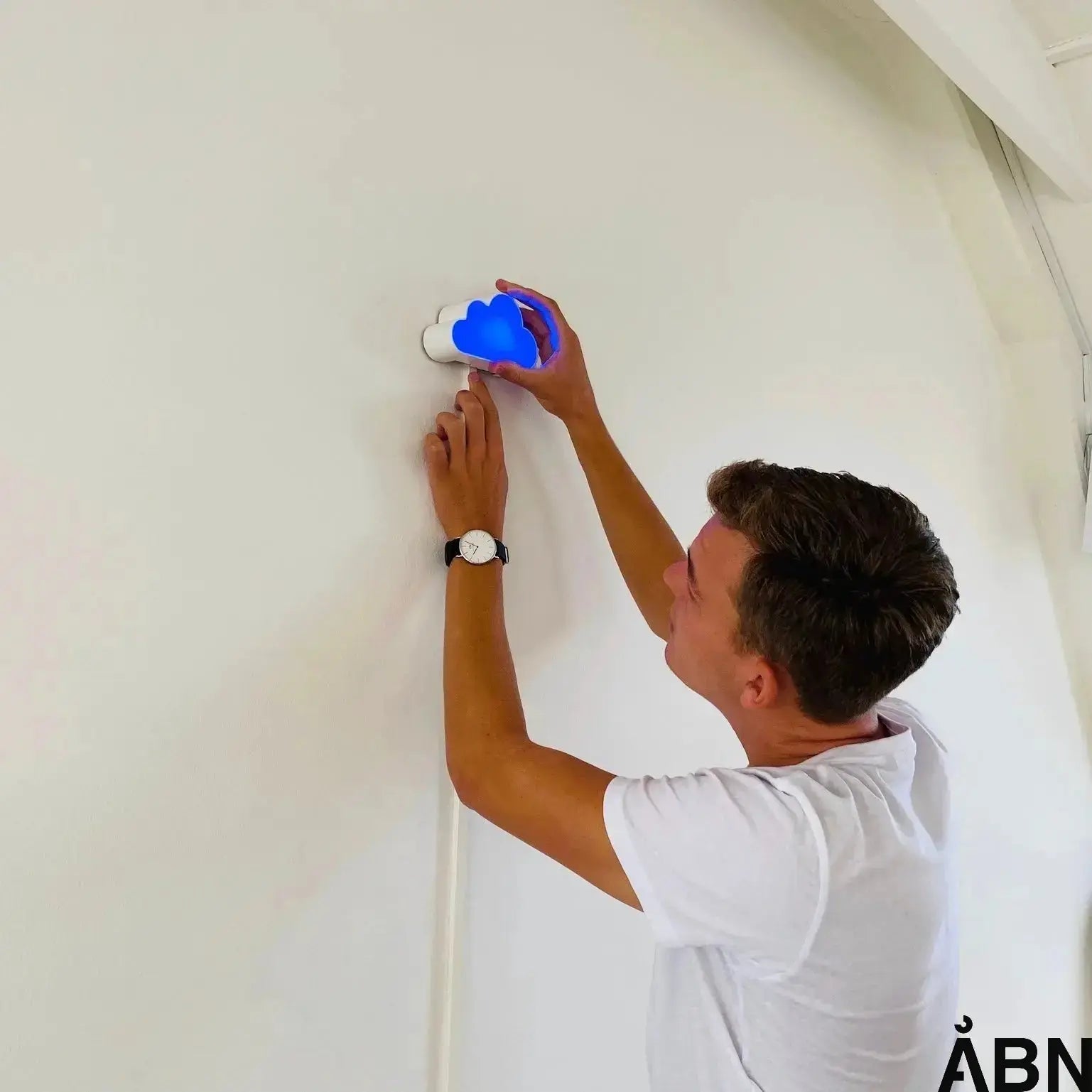It's now quite a hotly debated topic here on our blog - but it's still an extensive problem that needs to be solved!
Last week, two politicians from the Radical left, indoor climate spokesperson Susan Kronborg, and schools spokesperson Marianne Jelved wrote a debate post about the indoor climate of primary schools, on Folkeskolen.dk .
Earlier this week we shared a blog post about the start of school and how the indoor climate is already bad from the first day of school because we forget the good habits. You can read more about that here .
It is also the theme of this debate post, where the politicians i.a. mentions that even if the schools have a ventilation system, this is not maintained or kept on during the summer holidays.
The biggest problem with ventilation systems is that if you don't maintain the service required to operate it, it doesn't work optimally.
Here it could therefore be relevant with a CO2 alarm, which alerts when the ventilation system is not in operation or needs service. For example as THE CLOUD . A CO2 indicator which will also be able to keep an eye on the ventilation system and whether it is working optimally by indicating the state of the indoor climate directly in the classroom.

Susan and Marianne are at the forefront of the fight against poor indoor climate in the primary school, and will do everything they can to win the fight and give the students better conditions. In the debate contribution, they also refer to the report ÅBN and Implement Consulting Group made, financed by Realdania. This report shows, among other things, that the CO2 levels in the primary school are too high for an average of 3 hours a day on a normal school day - a problem that Susan and Marianne will prioritize to be solved as soon as possible.
There are many different examples of how a bad indoor climate can be solved, but Radikale Venstre and ÅBN both agree that nudging and behavior are the way forward. We must have changed the students' and the teachers' habits, and help them to remember that venting must be done. The most natural and recommended method is simple ventilation by opening windows and/or doors and preferably draft for 5-10 minutes, 2-3 times a day. However, this is quickly forgotten, why nudging technology will help to visualize when the CO2 levels are too high, and the indoor climate can thereby be harmful for the students.
Both our post and Folkeskolen.dk's article open up a debate, and we only encourage you to participate here. Feel free to contact us with your position on this problem, create a free profile on Folkeskolen.dk and comment directly on the debate post, or comment on some of our posts on social media: Instagram, Facebook or LinkedIn.
We think this is a super important discussion and all views and opinions are welcome!









